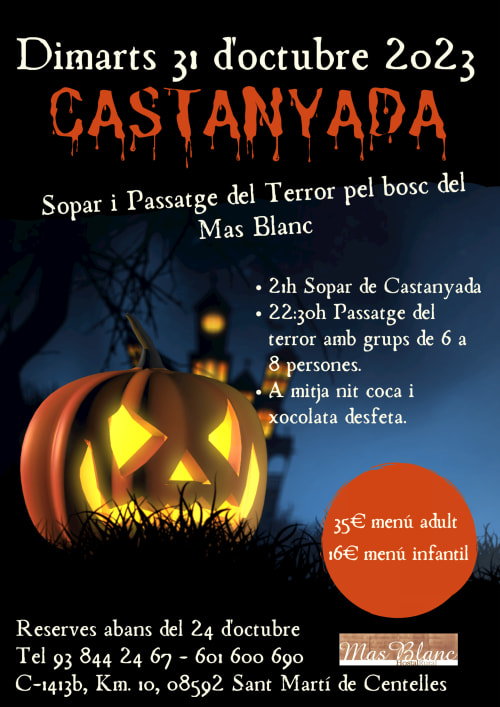
Live 'La Diada' with us
Next September 10th, at Mas Blanc we offer DINNER and CONCERT.
Make your reservation
T. 938 442 467 · 601 600 690
Make your reservation
T. 938 442 467 · 601 600 690


Restaurant

Rooms

Wedding




